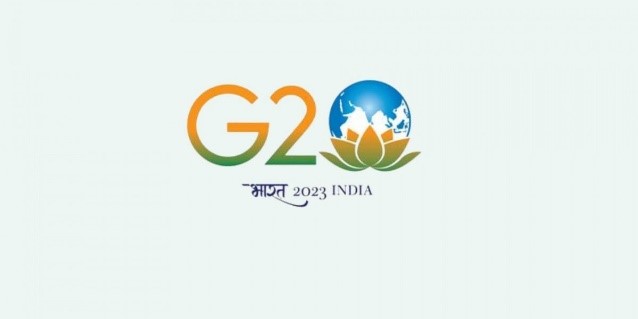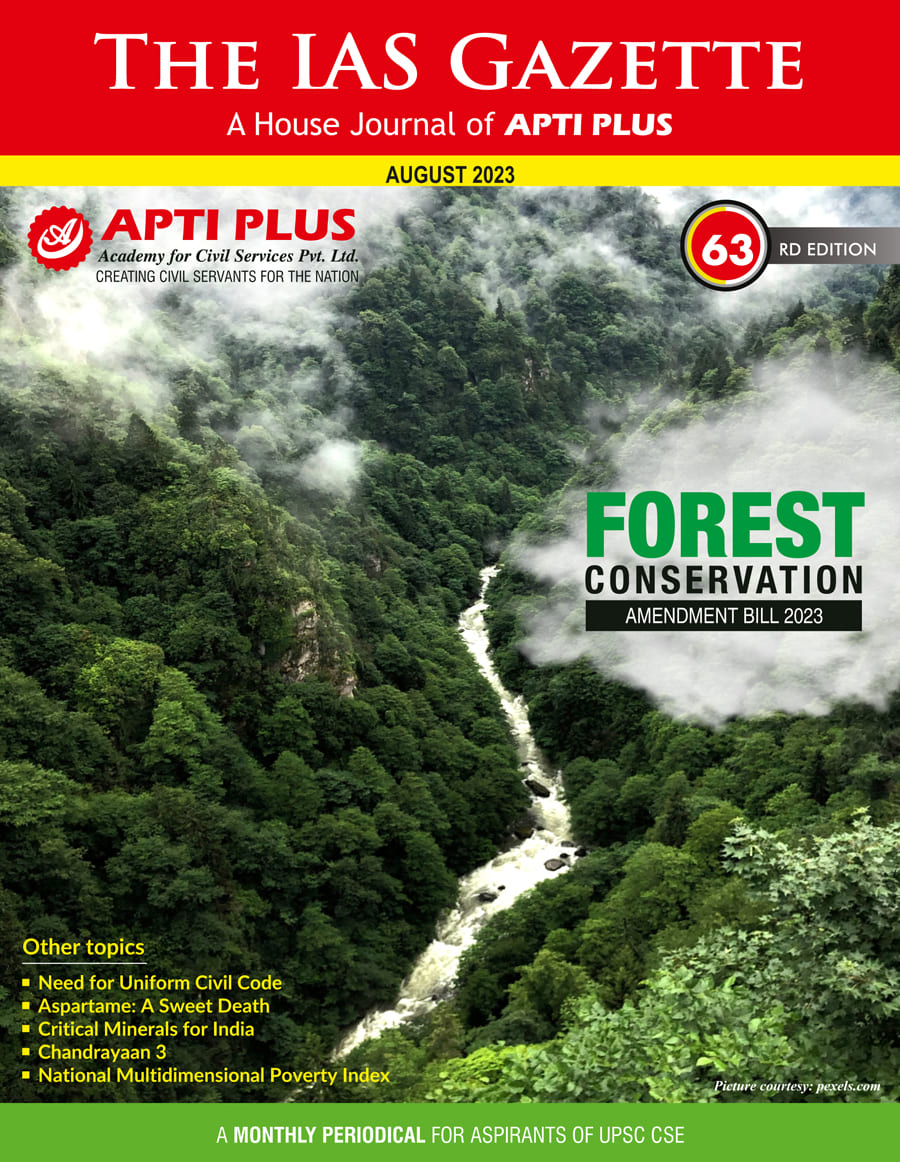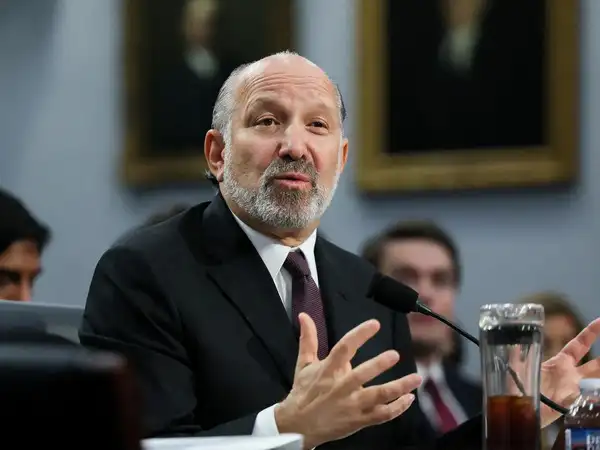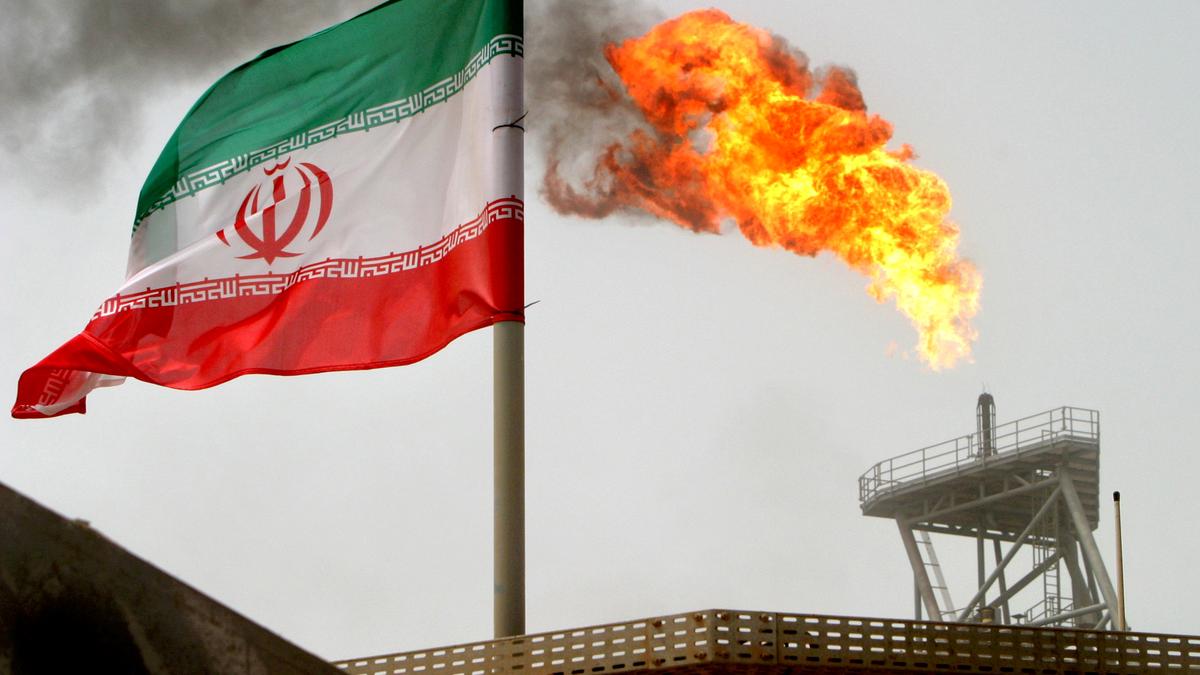Description

Disclaimer: Copyright infringement not intended.
Context
- The 18th annual G20 Heads of State and Government Summit will take place in Pragati Maidan.
G20
- Established in 1999, the G20, for about a decade worked, at the level of finance ministers and central bank governors only. After the financial and economic crisis of 2008, it became a leaders’ forum.
- The summit is essentially the culmination of all the G20 processes and meetings held throughout the year in cities across the host country, among ministers, government officials, and civil society members and organizations.
How is the G20 structured?
- The G20 works in three major tracks — two of them are official and one is unofficial.
- The official tracks are the Finance Track and the Sherpa Track.
- The unofficial track includes engagement groups or civil society groups.

Finance Track
- The Finance Track is headed by the finance ministers and central bank governors, who usually meet four times a year, with two meetings being held on the sidelines of the World Bank and International Monetary Fund (IMF) meetings.
- It mainly focuses on fiscal and monetary policy issues such as the global economy, infrastructure, financial regulation, financial inclusion, international financial architecture, and international taxation.
- The Finance Track started as a grouping of finance ministers and central bank governors.
- After 1999, it was the most important track because there was no Sherpa track.
- The track’s working groups are the Framework Working Group, International Financial Architecture Working Group, Infrastructure Working Group, Sustainable Finance Working Group, Global Partnership for Financial Inclusion, Joint Finance and Health Task Force, International Taxation Issues, and Financial Sector Issues.
Sherpa Track
- The Sherpa Track was established after the forum became a leaders’ summit in 2008. It consists of representatives of heads of state, and it focuses on socio-economic issues such as agriculture, anti-corruption, climate, digital economy, education, employment, energy, environment, health, tourism, trade, and investment.
- Each representative is known as a Sherpa — it is the metaphor from the mountaineering domain, where the Sherpa is supposed to do the heavy lifting or assist the mountaineer. There are 13 working groups within the Sherpa Track.
- They are: Agriculture Working Group, Anti-corruption Working Group, Culture Working Group, Development Working Group, Digital Economy Working Group, Disaster Risk Reduction Working Group, Education Working Group, Employment Working Group, Energy Transitions Working Group, Environment and Climate Sustainability Working Group, Health Working Group, Tourism Working Group, and Trade and Investment Working Group.
Engagement Groups
- The unofficial track comprises engagement or civil groups. These groups often draft recommendations to the G20 Leaders that contribute to the policy-making process.
- The engagement groups are as follows: Business20, Civil20, Labour20, Parliament20, Science20, SAI20, Startup20, Think20, Urban20, Women20, and Youth20.

ALL ABOUT G-20:
https://www.iasgyan.in/ias-gazette-magazine/g-20-summit-key-takeaways
https://www.iasgyan.in/daily-current-affairs/trade-and-investment-ministers-of-g20-nations
|
PRACTICE QUESTION
Q. The G20 is particularly important for a celebratory country like India, known in Sanskrit as “Utsavdharmita”, which loves to celebrate and showcase its cultural diversity on the global stage. What are India’s G20 priorities?
|
https://indianexpress.com/article/explained/explained-global/g-20-workstreams-sherpa-finance-track-8924358/
Array
(
[0] => daily-current-affairs/g20-workstreams
[1] => daily-current-affairs
[2] => g20-workstreams
)









